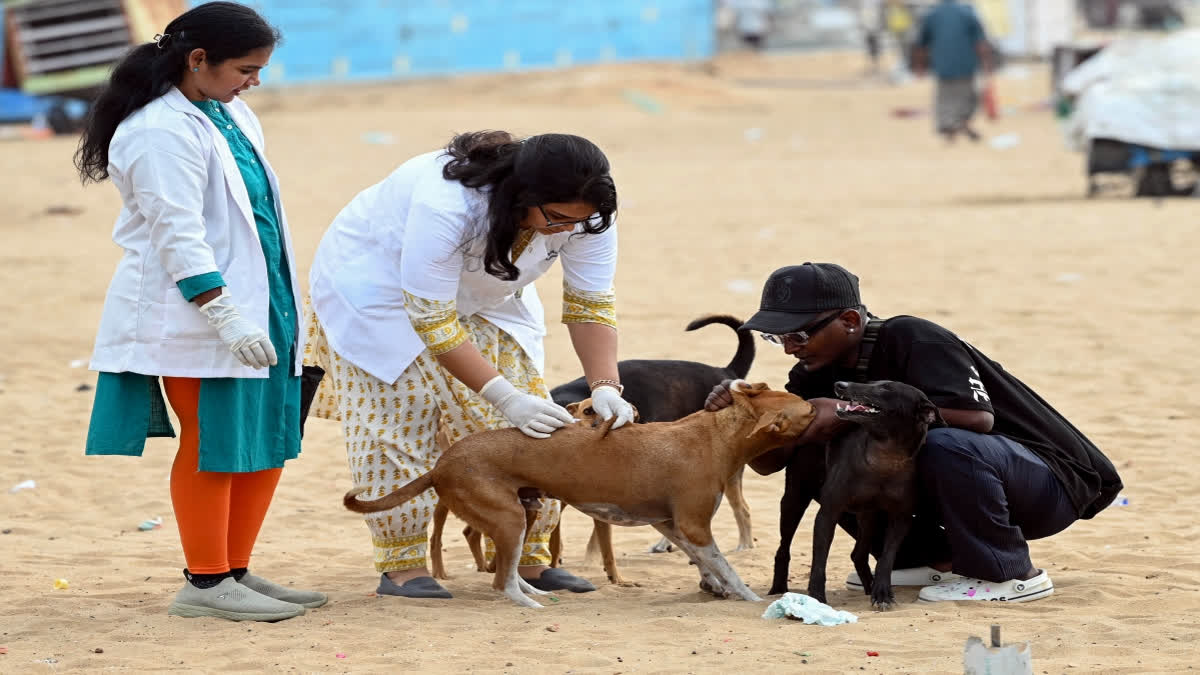Every year the World Rabies Day celebrated on 28th September to raise awareness about rabies prevention and to highlight progress in defeating this disease. This year, the day will mark the 18th World Rabies Day.
28 September also marks the anniversary of Louis Pasteur's death, the French chemist and microbiologist, who developed the first rabies vaccine. The world has the vaccines, medicines, tools, and technologies to break the cycle of one of the oldest diseases.
Rabies is estimated to cause 59,000 human deaths annually in over 150 countries, with 95 per cent of cases occurring in Africa and Asia.
World Rabies Day History:
Louis Pasteur, a famous scientist from France, created the initial rabies vaccination. This achievement represented a major step forward in the battle against rabies. The establishment of World Rabies Day by the World Health Organization (WHO) and the Food and Agriculture Organization (FAO) aims to raise awareness about rabies and encourage prevention efforts.
Theme of the year: This year’s World Rabies Day theme is:'Breaking Rabies Boundaries'. This theme calls for innovative strategies and collaboration across various sectors and regions, highlighting the importance of integrating human, animal, and environmental health efforts.
By breaking boundaries, we can overcome geographic, socio-economic, and educational barriers, ensuring widespread vaccination, awareness, and access to medical care. This theme highlights the need for cross-sectoral and cross-border collaborations, bringing together governments, health organisations, veterinary services, and communities.
Know about Rabies:
Rabies is a fatal viral illness that impacts the central nervous system of mammals, humans included. Its main mode of transmission is usually through the bite or scratch of an infected animal, with dogs being the most frequent carriers. Once symptoms of rabies appear, the disease is almost always fatal, making immediate treatment critical after exposure. Research shows that the rabies virus travels through the nervous system to the brain, leading to severe neurological symptoms such as agitation, hallucinations, and paralysis. Despite its severity, rabies is entirely preventable through timely vaccination and proper wound care, making awareness and early intervention essential in high-risk areas.
Rabies symptoms in humans:
Initial symptoms:These can include flu-like symptoms like fever, headache, weakness, or discomfort. There may also be a tingling, prickling, or itching sensation at the site of the bite. These symptoms can last for several days.
Severe disease:This usually appears within two weeks of the first symptoms. Symptoms include Anxiety,Insomnia, Confusion, Agitation, Delirium, Hallucinations, Hydrophobia (fear of water), Hypersalivation, and Seizures.
Paralytic rabies, which accounts for about 20% of the total number of human cases, runs a less dramatic and usually longer course than the furious form. Muscles gradually become paralysed, starting at the site of the bite or scratch. A coma slowly develops and eventually death occurs. The paralytic form of rabies is often misdiagnosed, contributing to the under-reporting of the disease.
Prevention of Rabies:
